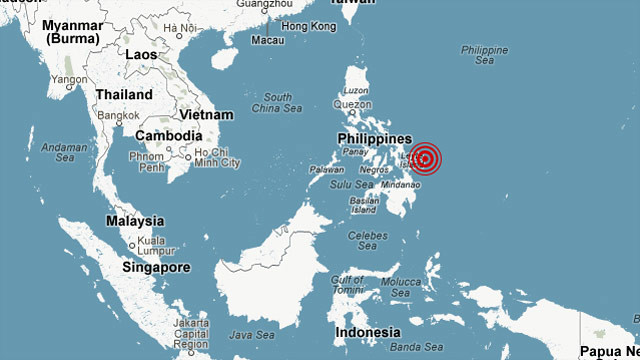Substantial food and medical aid on Saturday finally began reaching desperate survivors of a super typhoon that killed thousands in the Philippines.
 Substantial food and medical aid on Saturday finally began reaching desperate survivors of a super typhoon that killed thousands in the Philippines, but humanitarian groups warned of huge challenges in accessing devastated, remote communities.
Substantial food and medical aid on Saturday finally began reaching desperate survivors of a super typhoon that killed thousands in the Philippines, but humanitarian groups warned of huge challenges in accessing devastated, remote communities.
The unprecedented ferocity of Super Typhoon Haiyan on November 8 and the scale of destruction it caused had completely overwhelmed the initial relief effort, leaving millions in the worst-hit central islands of Leyte and Samar hurt, homeless and hungry, with no power or water.
Eight days later, a working aid pipeline was in place on the ground, funneling emergency supplies to those left destitute in the ruins of Leyte's Tacloban city, while helicopters flying off the aircraft carrier USS George Washington brought some relief to outlying areas.
In Giporlos, a small coastal town of around 12,000 people in eastern Samar where the typhoon first struck, a US Seahawk helicopter flew in the first relief supplies Saturday, landing in the playground of a ruined elementary school.
In the nearby town of Guiuan, planes laden with supplies were landing and taking off every few minutes from an old military airstrip that had been reopened.
UN agencies said more than 170,000 family food packages had been distributed across the disaster zones, while the Red Cross and Medecins Sans Frontieres (Doctors Without Borders) said they would have mobile surgical units up and running in Tacloban by the end of the weekend.
Although aid was arriving, relief officials described sanitary conditions in the covered sports stadium in Tacloban that served as the main evacuation center as appalling.
The National Disaster Risk Reduction and Management Council on Saturday put the official death toll at 3,633, many of them killed by five-metre (17-feet) storm surges that hit Tacloban.
Another 1,179 people were listed as missing and nearly 12,500 injured, and the death toll was widely expected to continue climbing as more complete assessments were made.
The UN reported that 4,460 had been confirmed dead, and said Saturday that 2.5 million people still "urgently" required food assistance.
An estimated 13 million people were affected by the storm, which swept off the Pacific Ocean with some of the strongest winds ever recorded, including nearly 1.9 million displaced survivors.
